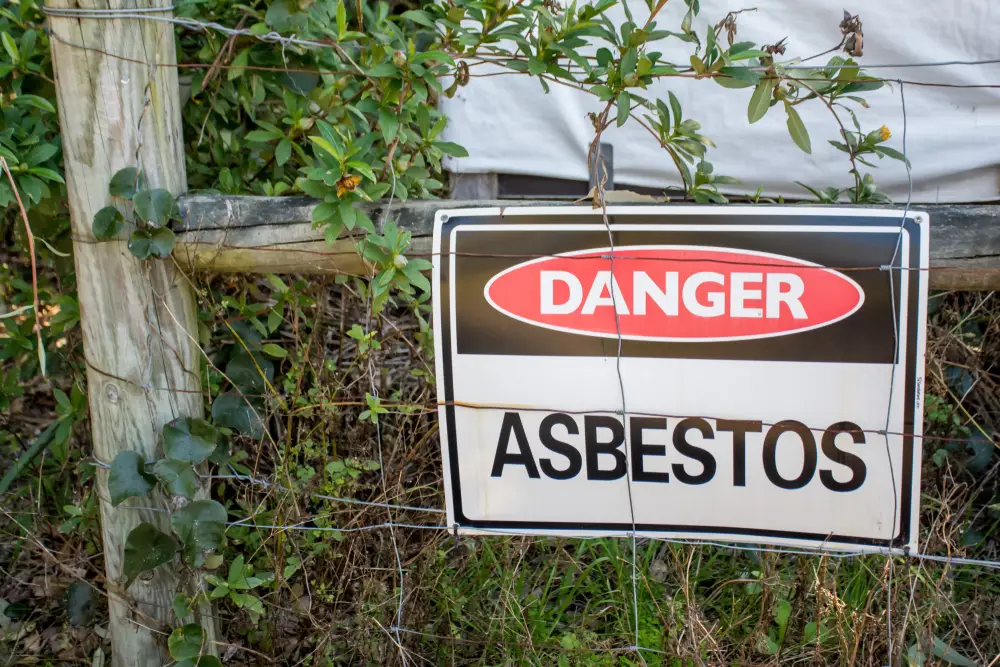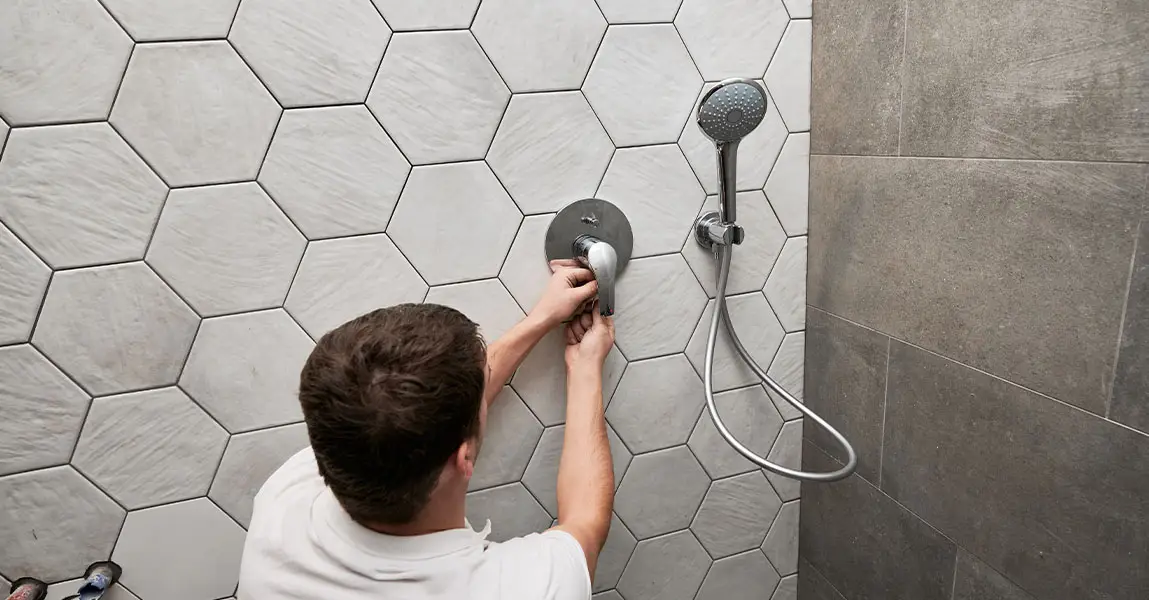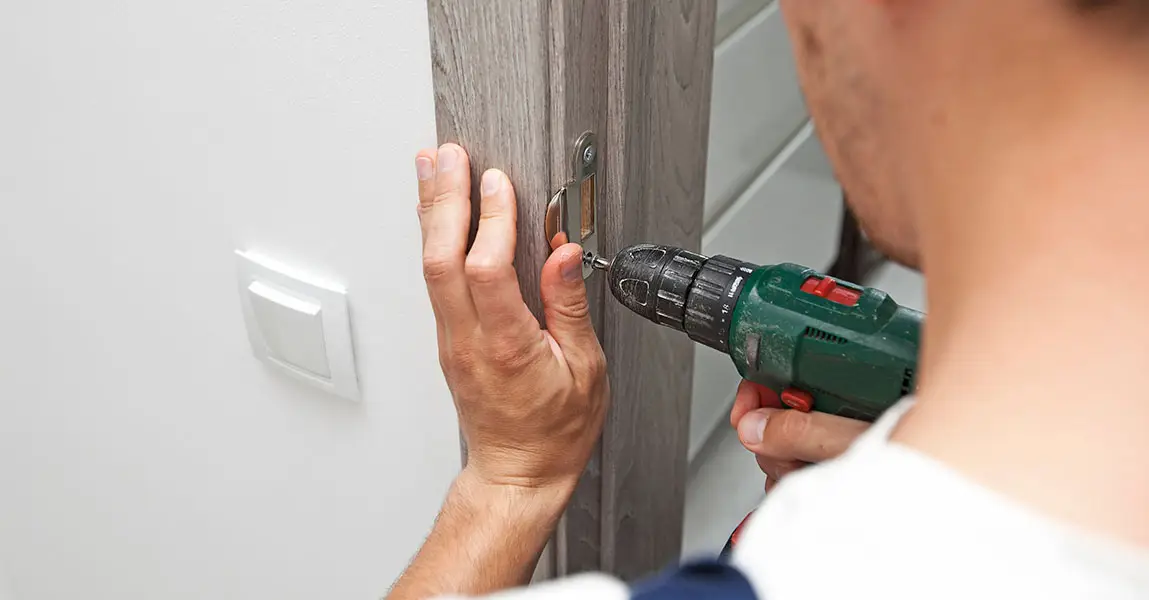We often see asbestos and mold appearing together in older buildings. These issues might seem unrelated at first, but they share several conditions that allow them to thrive side by side. Understanding why they often occur together helps us recognize risks early and protect the health of people living or working inside.
Shared History of Building Materials
Many older buildings were constructed when asbestos was widely used in insulation, ceiling tiles, and flooring. At the same time, design standards did not always account for proper ventilation or moisture control. Consequently, damp environments allowed mold to spread unnoticed in walls and basements. Both problems became hidden dangers built into the structure itself.
We now know that poor airflow, condensation, and aged materials create the perfect combination for mold growth and asbestos exposure. That is to say, older construction choices made it easy for both to coexist.
Moisture as a Common Trigger
Water damage is the leading cause of mold growth. However, it also exposes asbestos in many cases. For example, when a pipe leaks in an old ceiling, mold grows in the damp plaster while asbestos insulation nearby starts breaking down. The same event creates two hazards at once.
Similarly, floods and roof leaks speed up deterioration of asbestos-containing materials. Once broken, these materials release dangerous fibers. Meanwhile, the added moisture becomes food for mold. The connection is direct: water damage fuels both risks.
Aging and Deterioration
As materials age, they naturally weaken. In older homes and offices, asbestos insulation can crumble and release fibers, while old wood or drywall becomes more porous and prone to mold. In other words, time makes the building more vulnerable to both hazards.
This deterioration is especially concerning in places with seasonal humidity shifts. After that, freeze-thaw cycles in winter further damage materials. The result is a building where asbestos and mold spread hand in hand as the structure weakens.
Overlapping Health Risks
Mold exposure affects breathing, especially in people with asthma or allergies. Asbestos exposure increases long-term risks such as lung disease. When both hazards exist in one building, the combined impact on health can be severe. For instance, mold irritates the respiratory system, making the lungs more vulnerable to asbestos fibers.
Above all, these conditions show why identifying both problems together is critical. We cannot address one and ignore the other, since the same person could be exposed to both in a single visit.
Difficulties in Detection
Mold is often visible as stains or smells, but asbestos is harder to detect. This contrast makes it easy to overlook one hazard when focusing on the other. However, hidden mold behind walls often appears where asbestos insulation is also present. That is to say, finding one hazard should always trigger a check for the other.
Our team has seen many cases where water damage inspections revealed asbestos in pipe insulation alongside mold growth in drywall. The connection is so common that it has become standard practice to assess both during remediation.
Renovation and Disturbance Risks
Renovations can disturb both asbestos and mold at once. For instance, removing old flooring may release asbestos dust while exposing mold beneath. Likewise, cutting into a wall to fix plumbing can uncover both hazards in the same space.
Because of this, we always recommend working with an abatement & remediation company in Calgary before beginning any major renovation. Addressing these hazards first ensures safety and prevents dangerous exposure during construction.
Best Practices for Safe Management
Managing both asbestos and mold starts with professional inspections. Firstly, a thorough check identifies hidden risks. Secondly, containment prevents spread during cleanup. In addition, using the right removal methods protects workers and residents.
We focus on keeping indoor spaces safe for the long term. After that, moisture control measures such as improved ventilation, sealing cracks, and maintaining plumbing systems reduce the chance of mold returning. At the same time, replacing or sealing asbestos materials removes future risks.
Prevention through Maintenance
Regular building maintenance is the most reliable prevention. Checking roofs, basements, and plumbing systems stops water damage before it spreads. Likewise, sealing old insulation or replacing it with safe alternatives removes asbestos risks before deterioration occurs.
We also recommend monitoring humidity with a simple meter. For instance, keeping indoor humidity under 50 percent makes mold less likely to grow. Similarly, small repairs done promptly prevent both mold infestations and asbestos breakdown.
When to Seek Help
It is important to know when professional help is needed. If you see mold covering more than a small patch, or if the building is old enough to contain asbestos, it is not safe to handle it on your own. The risk of spreading spores and fibers is too high.
Our team is ready to help with safe solutions that protect both health and property. You can reach out through our contact us page to arrange an inspection or consultation. Taking action early avoids long-term damage and unnecessary health risks.
FAQ
Why do asbestos and mold often appear together?
They often appear together because older buildings used asbestos materials that age poorly, while moisture problems in those same structures create mold growth.
How does water damage affect asbestos?
Water damage can weaken asbestos-containing materials, causing them to break down and release harmful fibers.
Can I remove asbestos and mold myself?
No, both require professional handling to avoid spreading spores and fibers into the air, which can create serious health risks.
What are the signs I might have both issues?
Common signs include visible mold, musty odors, water stains, and damaged insulation or ceiling tiles. An inspection is the only way to be certain.
When should I call for help?
You should seek help if mold covers more than a small area, if your building was built before the 1990s, or if renovations are planned that could disturb asbestos or mold.











